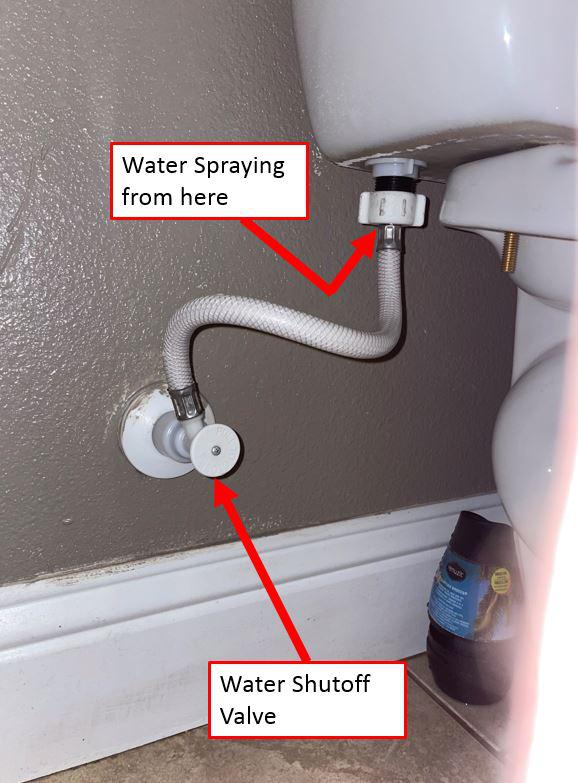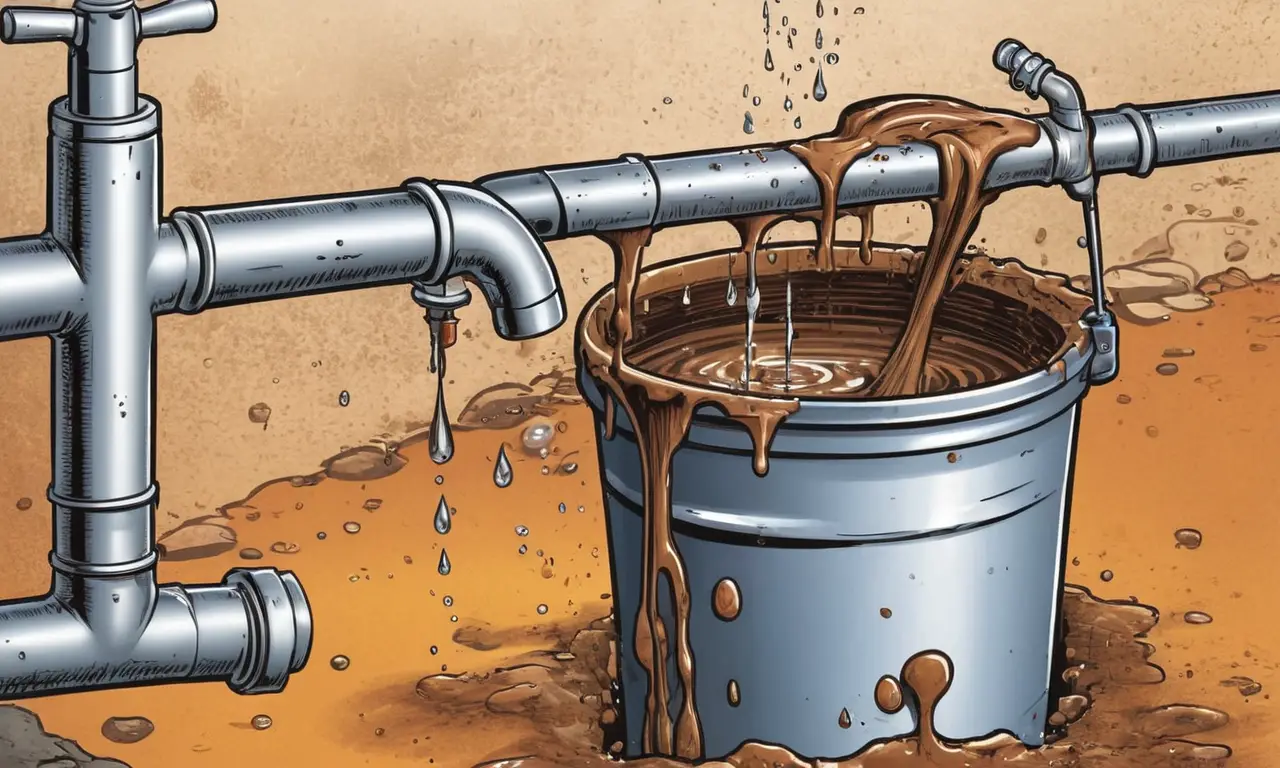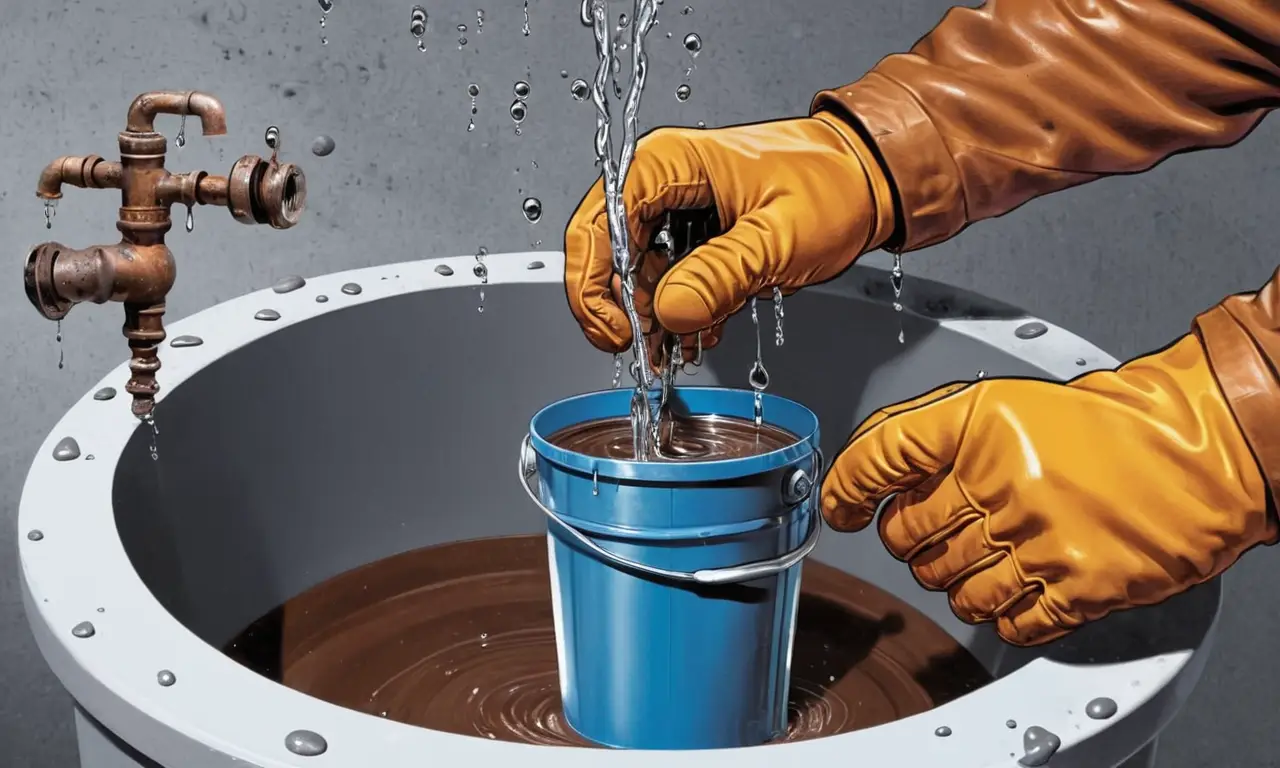
Maintaining a smooth and efficient water flow in your home is crucial for everyday living. One often overlooked aspect of plumbing maintenance involves the proper handling of water shut-offs. When you temporarily turn off your water supply, it’s essential to flush the pipes afterward to ensure fresh, clean water flows when you turn it back on. This simple step can prevent mineral buildup and other issues that can affect your plumbing system over time.
This article will guide you through the process of shutting off your water supply, flushing your pipes effectively, and understanding the benefits of this crucial maintenance practice. We’ll delve into the recommended duration for flushing different fixtures and explore how it helps prevent mineral buildup in your pipes.
Shutting Off Water Supply
Before you begin flushing your pipes, you need to shut off the main water supply to your home. This is typically done at a valve located near your water meter or where the main water line enters your house. Locate this valve and turn it clockwise until it stops. You’ll feel resistance as you tighten it. Once the valve is closed, check all faucets in your home to ensure the water flow has stopped completely.
If you have separate shut-off valves for different areas of your home (like bathrooms or kitchens), consider closing those as well. This provides more targeted control over the water flow and allows you to flush specific sections of your plumbing system if needed. Remember, always turn off the main valve first before working on any individual fixtures.
Flushing Pipes After Water Shutoff

Once the water supply is shut off, it’s time to flush your pipes. Start by opening each faucet in your home, one at a time. Begin with the faucets furthest from the main water source and work your way closer. As you open each faucet, let the water run for several minutes. This helps remove any stagnant water that may have accumulated in the pipes during the shut-off period.
Pay attention to the water flow as it comes out of each faucet. If you notice any debris or discoloration, continue flushing until the water runs clear. You can also check your toilets and showerheads by running them for a few minutes. Remember to keep an eye on your water meter while flushing to ensure that it’s not registering any movement.
Duration for Flushing Fixtures
The recommended duration for flushing each fixture varies depending on the length of time the water supply was shut off and the size of your plumbing system. As a general guideline, aim for 3-5 minutes per fixture. This allows sufficient time to clear out any trapped air or debris and ensure fresh water flows through the pipes.
For larger fixtures like bathtubs and showers, you may need to flush them for a slightly longer duration. If you have a particularly long plumbing run or suspect significant mineral buildup, consider extending the flushing time to 7-10 minutes per fixture. Always err on the side of caution and flush for a longer period if you’re unsure about the optimal duration.
Benefits of Flushing Pipes

Flushing your pipes after shutting off the water supply offers several key benefits:
- Prevents Mineral Buildup: Over time, minerals in your water can accumulate inside your pipes, forming hard deposits that restrict water flow and reduce efficiency. Flushing helps remove these minerals and prevent them from building up.
- Ensures Fresh Water Flow: When you turn the water back on after a shut-off, flushing ensures that fresh, clean water flows through your pipes instead of stagnant water that may have become contaminated or stale.
- Reduces Risk of Clogs: Flushing helps remove any debris or sediment that may be trapped in your pipes, reducing the risk of clogs and blockages.
Preventing Mineral Buildup
While flushing your pipes after a shut-off is essential, there are other steps you can take to prevent mineral buildup over time:
- Install a Water Softener: A water softener removes minerals from your water supply before they reach your pipes, significantly reducing the risk of buildup.
- Use Vinegar or Lemon Juice: Periodically running vinegar or lemon juice through your faucets and showerheads can help dissolve existing mineral deposits.
- Regularly Clean Your Fixtures: Cleaning your faucets, showerheads, and other fixtures regularly helps prevent mineral buildup from accumulating.
Conclusion
Flushing your pipes after shutting off the water supply is a simple yet crucial maintenance practice that ensures fresh, clean water flows through your plumbing system. By following the steps outlined in this article, you can effectively flush your pipes, prevent mineral buildup, and maintain a smooth and efficient water flow in your home. Remember to always shut off the main water valve before beginning any plumbing work and consult with a licensed plumber if you encounter any issues or have questions about your plumbing system.
